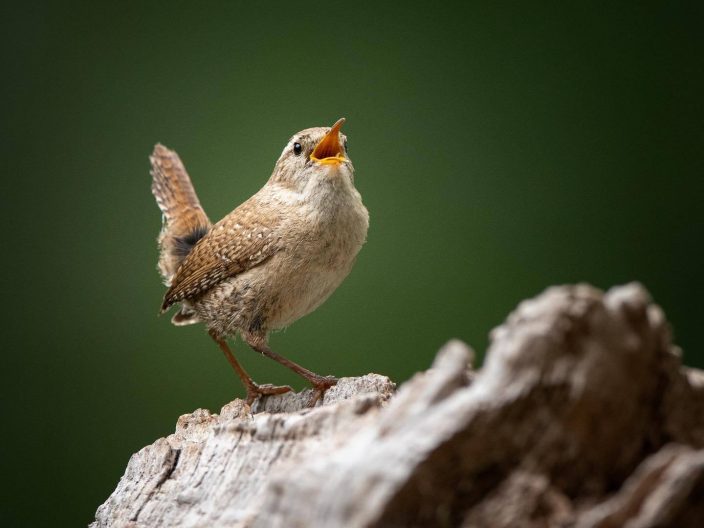Histograms in Photography

When it comes to your own unique nature photography or just nature photography for that sort, you really want to bring your images to life. Paying attention to the histogram levels will enhance your photography tenfold. Here's a very quick histogram photography overview covering the essentials:
First of all, you need to know where to find your image histogram in-camera and secondly how to interpret it.
For the first point, you will need to refer to the camera's manual, but in modern cameras, you can review the histogram when reviewing a stored image.
A luminosity histogram (black and white graph) essentially shows you the range of brightness within a given image.
The left-hand side of the histogram represents the darks tones, the centre covers the mid-tones, and the right-hand side reflects the bright tones. The height represents how many pixels are recorded and the brightness levels.
I don't believe there is such a thing as a ‘perfect histogram’. After all, it really depends on what you’re trying to achieve.
However remember the main areas to watch are the extreme left and right edges, as these can render as bright white, or dark black. As a result, it can indicate clipping, resulting in an underexposed (left side), or overexposed (right side) image.
This is especially important if you’re honing your fine art nature photography techniques.






